Physical Address
304 North Cardinal St.
Dorchester Center, MA 02124
Physical Address
304 North Cardinal St.
Dorchester Center, MA 02124
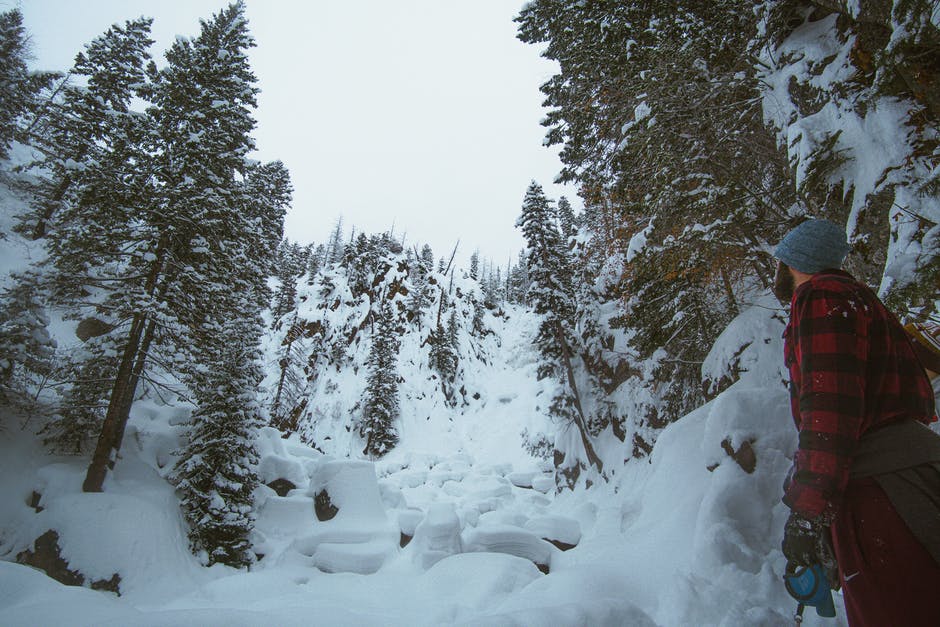
South Korea is a beautiful country with amazing scenery. Whether you’re looking for a short hike or a long walk, there are plenty of places to explore in the country.
We’ve collected some of the best hikes in South Korea, so whether you’re looking for an easy hike that takes just a few hours or something more challenging, we have something to fit your needs!
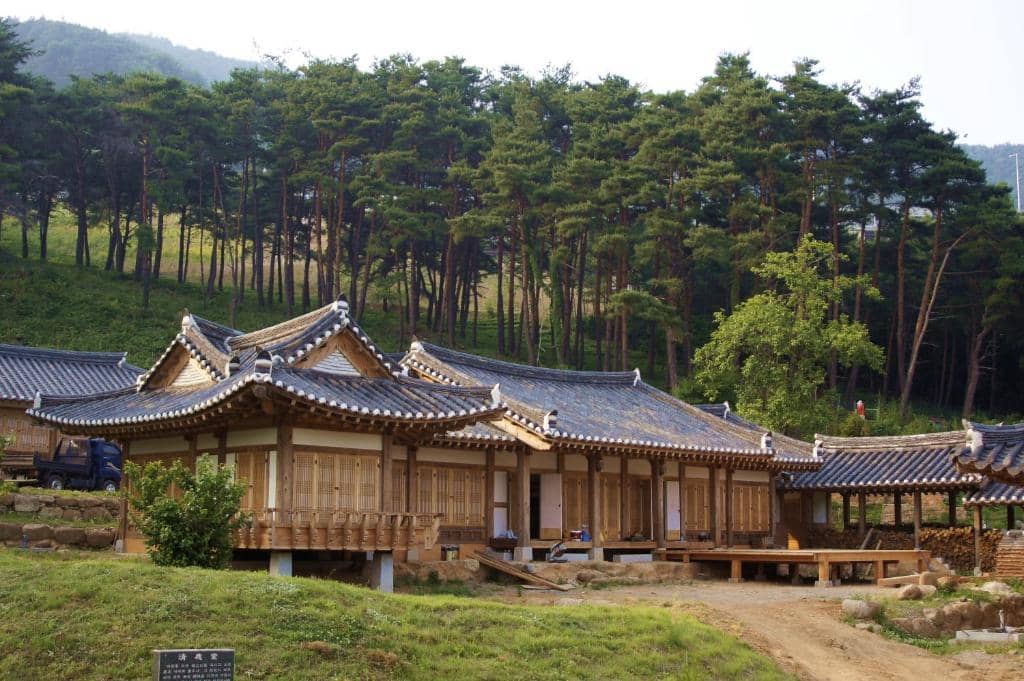
One of the few Joseon dynasty hanok villages still in existence that has retained its original appearance is Ganggol village. The Gwangju Lee Clan constructed the majority of the homes in the village after the 19th century. With Obongsan Mountain standing behind the town, about 30 dwellings are clustered tightly together.
This village not only preserves its architectural charm but also holds historical significance, reflecting the traditions of the Joseon era. Ganggol village’s preservation efforts ensure that visitors can experience an authentic slice of Korean history, with legends and tales passed down through generations.
The village’s old pomegranate, magnolia, and cherry blossom trees maintain guard over the homes. Ivy and bamboo grow up the stone walls separating the homes. The community maintains the feel of a traditional Korean old town despite all the scenery.
To experience the way of living in the past, participants in the Ganggol Hamlet Experience Program spend the night in a traditional Hanok village where Koreans genuinely lived during the Joseon era (using conventional toilets and getting water from a well, etc.). Participants also have the option to appreciate the splendour of cherry blossoms at the Cherry Blossom Café at Deungnyang Train Station throughout the cherry blossom blooming season.
Participants are surrounded by the stunning sight and aroma of the misty Boseong green tea fields at morning from spring through early autumn. Participants in an environmental experience programme get the opportunity to gather mud shrimp and clams at Deungnyangman Bay from spring to fall.
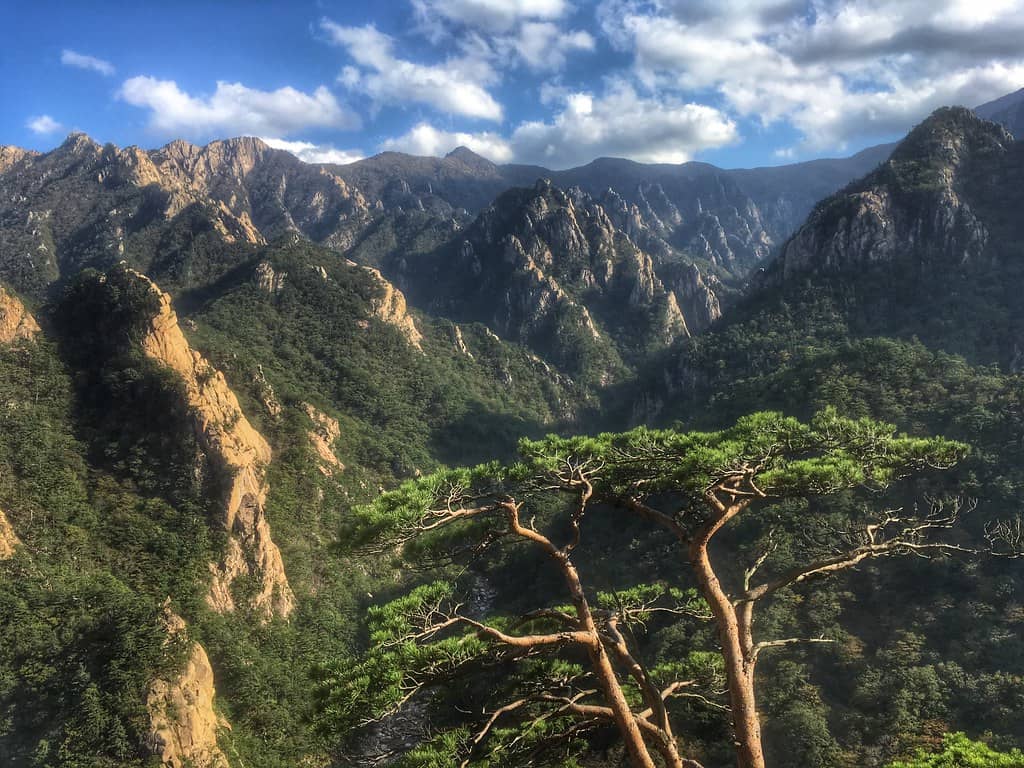
A Trekking pole is advised because this terrain is steep, the Namseoraksan hike features a waterfall and excellent views of the lowlands below. The trail is generally highly used and maintained, but the majority of the terrain consists of stair climbs. Even though the top is frequently covered in clouds, it provides a wonderful alpine experience thanks to the vegetation, and on a clear day, you can expect to enjoy stunning vistas.
The walk is superior to Hallasan because of the descent. The sights are breathtaking as you make your way deeper into the gorge, especially given how occasionally steep the descent is. The valleys below are beautifully visible after leaving the alpine zone, and there are some amazing rock formations. You follow a spring stream that forms a number of waterfalls as you descend into the valley. Despite being in a valley, you have the impression of being in a mountain pass that leads to some of Korea’s most breathtaking vistas.
Hikers might encounter a diverse range of plant species typical of alpine environments. Rare species such as the Korean fir flourish here, and wildlife such as Siberian chipmunks and Korean goral can sometimes be spotted along the trails, adding an element of excitement to the hike.
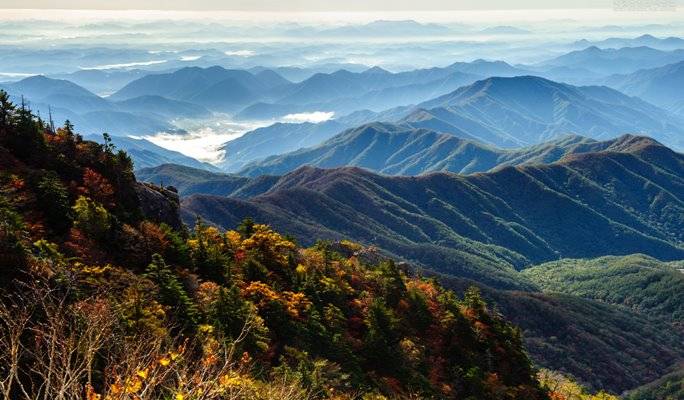
Jirisan was established as the first national park in 1967, and it is stretched throughout Hadong, Hamyang, Sancheong of Gyeongnam Province, Gurye of Jeonnam Province, and Namwon of Jeonbuk Province.
Jirisan National Park is the largest mountainous national park in Korea with a total area of 471.758 km2. Jirisan’s name translates to “the mountain of the strange and enlightened people.” Many hermits sought the truth and dedicated themselves to jirisan, perhaps in part because of this moniker. Along with Geumgangsan and Hallasan, Jirisan has long been revered as one of Korea’s three mythical mountains and a sacred site for the country’s religion.
The peaks of Cheonwangbong (1,915m), Banyabong (1,732m), and Nogodan (1,507m) are spread out like a folding screen in the heart of Jirisan, which has a perimeter of more than 320 kilometres. Over twenty ridges, there are numerous valleys. The cultural diversity and distinctions between its east and west are due to Jirisan. Jirisan’s appeal goes beyond only being large, deep, and wide, therefore it is difficult to describe in words.
With 4,989 plants and animals living on its premises. Jirisan is a veritable trove of natural beauty. Jirisan is covered with a variety of vegetation, including warm-temperate woods, temperate central forests, and cold forests. Jirisan is home to natural wonders such the Waun Cheonyeongsong (Millennium Pine Tree) and the Higan cherry tree at Hwaeomsa (Temple). which also has wildcats, elks, hares, and other local species living in its slopes.
The ridge is dotted with several ancient temples, including Ssanggyesa and Hwaeomsa, which are nestled in the lush surroundings. These temples offer a glimpse into historical Buddhism in Korea, and their peaceful settings provide a contemplative stop for hikers.
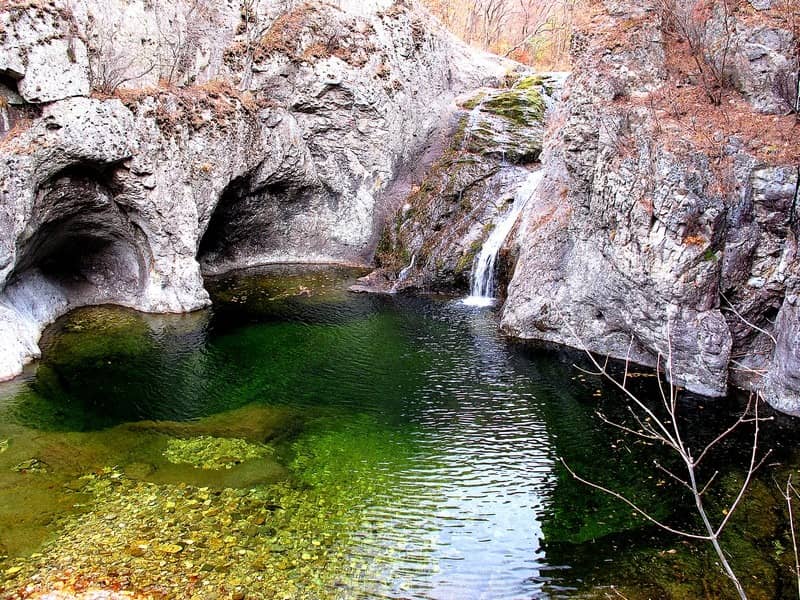
One of the most distant national parks in the nation, Juwangsan National Park is one of just two that is located on the east side of the Baekdu-daegan, the central dividing range. This national park attracts hikers and nature enthusiasts from throughout the nation in the fall because it has both challenging routes and lovely strolling paths for casual strollers.
Visit Juwangsan National Park in Gyeongsangbuk-do province if you want to venture off the beaten road and go hiking in a region that few tourists ever visit.
Even though it’s South Korea’s smallest national park, there are plenty of experiences to be enjoyed here, including caverns, waterfalls, and numerous walks ideal for all skill levels. With a group of friends, we arranged a fall camping trip to this national park, and we weren’t disappointed. During our weekend in Juwangsan.
Juwangsan National Park offers several designated campsites equipped with basic facilities. These sites allow visitors to immerse themselves in nature, providing a perfect base for exploring the park’s trails. Checking the availability and booking ahead is advised, especially during peak seasons.
Make sure you bring food with you if you visit this National Park because there aren’t many places to eat.

This is an excellent option if you want to escape the chaos of Seoul but don’t have much time to travel outside the city. Even if you only have a short amount of time in South Korea, trekking Bukhansan, which is located to the north of Seoul, is a great opportunity to explore the outdoors.
There are a few different pathways to select from, but the busiest one brings hikers to Baegundae Peak in around two hours. This is the mountain’s highest point, at 2,744 feet (837 metres), where you may see the massive granite cliffs and the expansive view of Seoul below.
Each season brings a unique experience on Bukhansan. In spring and autumn, the trails are adorned with blossoms and vivid foliage. Summer offers lush greenery, but with increased humidity, while winter provides a stunning, albeit icy, landscape. Proper gear and preparation, such as crampons in winter, ensure safety and enjoyment.
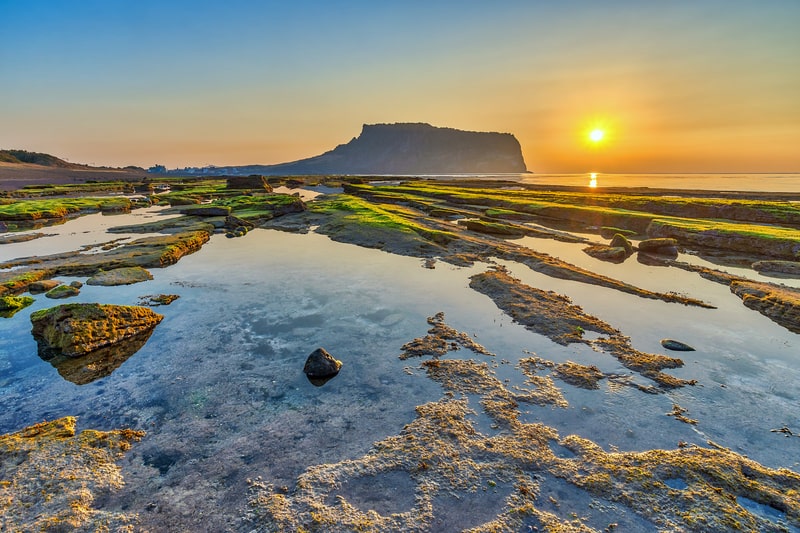
Olle is a word that has become so well-known in Korea that almost everyone knows what it means: “narrow alley” in the Jeju dialect. The diverse Jeju Olle Trail routes can be found all across the island, and each one shows those who walk along the paths a unique aspect of Jeju to be admired and treasured.
Even beginners are urged to try the well-developed trails because they are regularly managed, come in different levels of difficulty, and are available. Walking lazily while taking in the seascapes or trekking up small incline should be enjoyable whether done alone or in a group.
Got any other amazing walks that could make the best hikes and walks In South Korea list? Let us know.